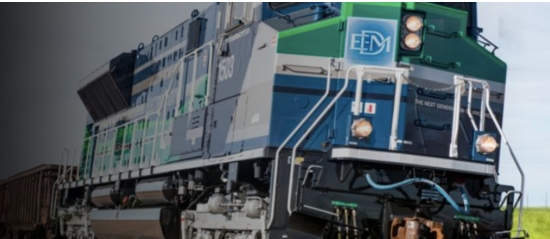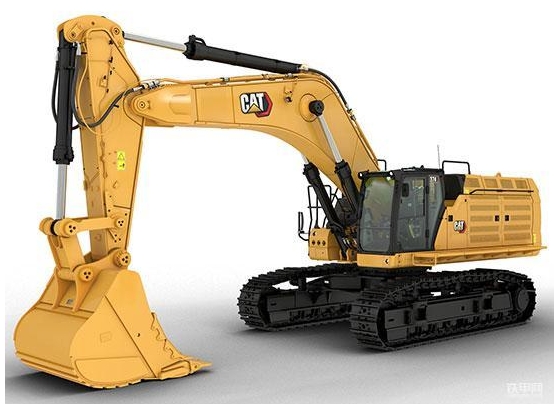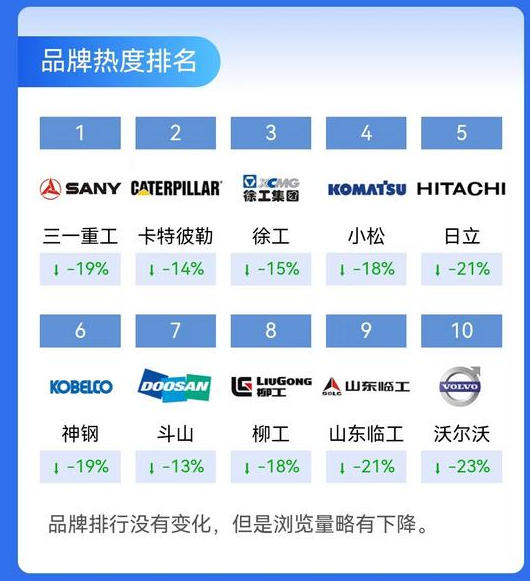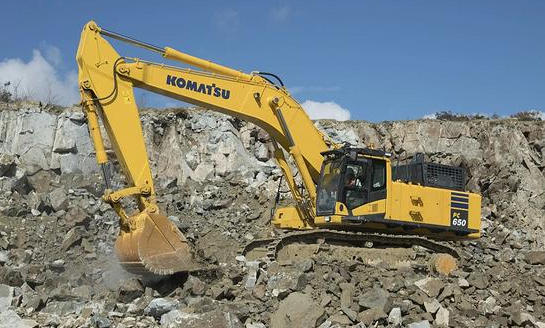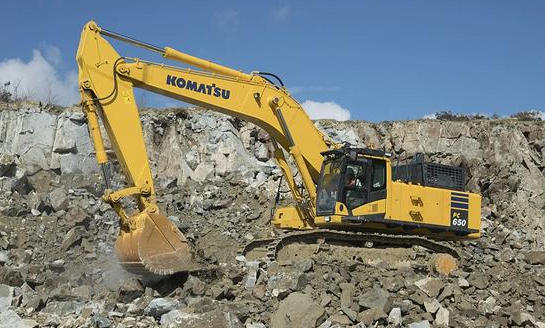Shiyi Construction: Technology Section | Unveiling the Application of Chuangxi Yi Lifting in the Project of Tianjin National Synthetic Biology Center
The EPC general contracting project of the core R&D base of the National Synthetic Biology Technology Innovation Center is located in the Tianjin Airport Economic Zone, with an engineering cost of 1.276 billion yuan and a total construction area of approximately 177,000 square meters. Among them, the 2nd, 3rd, 4th and 5th towers in the D area all adopt the SPCS shear wall structure system, and the area of prefabricated construction implemented is 20,000 square meters. This project uses prefabricated components such as SPCS cavity prefabricated walls, composite floor slabs, prefabricated balcony slabs and prefabricated air conditioning slabs, with an assembly rate of 54%, making it the first SPCS structure system project to be implemented in Tianjin.
To enhance construction efficiency and quality and achieve digital and visualized construction management, the project adopted the prefabricated construction management system - Zhu Xiang Yi Hoisting, which was developed by Sany Construction. Zhu Xiang Yi Hoisting provides on-site hoisting construction management and BIM twin delivery services in the form of a lightweight WeChat mini-program for the project.
Before the project enters the main hoisting stage, China Construction Eighth Engineering Division, as the general contractor, integrates the general contractor, the factory, and the hoisting subcontractor on the Easy Hoisting mini-program to organize and coordinate the construction and share component information.
Before each layer of the composite slab is hoisted, the construction worker places an order. The factory receives the order information in real time and arranges the shipment according to the order plan. The components are dispatched from the factory. The mini-program intelligently recognizes when the transport vehicle leaves the factory and enters the construction site, automatically changes the status of the transport order and promptly notifies the relevant personnel. The on-site construction worker can view the transport trajectory of the vehicle in real time and reasonably arrange personnel and machinery to prepare for unloading.
When the transportation vehicles of the components arrive near the construction site, the system will automatically notify both the construction site and the factory. After the construction workers receive the notification, they will organize the quality and material personnel as well as the supervisors to conduct the on-site acceptance of the components. For the components with quality defects, they will scan and take photos, submit a maintenance service form, and notify the factory to carry out the repair. Once the replenished components are dispatched from the factory, the construction workers can conveniently check the progress of component replenishment and reasonably arrange the construction, avoiding the loss of construction schedule.
The construction supervisor arranges the hoisting plan based on the on-site construction progress. The hoisting team receives the WeChat notification of the hoisting plan and arranges the construction personnel according to the scheduled hoisting time, coordinating the preparation of the tower crane for the hoisting operation.
During the hoisting process, the hoisting personnel can quickly and accurately obtain the hoisting position of the components by scanning the code. The managers can keep track of the hoisting progress of the components on this floor in real time. Through the mini-program, they can calculate the hoisting time and continuously analyze the hoisting efficiency. They can improve the hoisting process, reduce the influence of external factors, and thereby gradually increase the hoisting speed.
The project achieves the association between the BIM model and the production and construction data of components through easy lifting. It also provides data support, enabling the real-time synchronization of component status to the BIM model. Through the dynamic and accurate display of the component status in the BIM model, managers can promptly control the construction progress and reasonably arrange process interweaving. This realizes BIM tracking and the full life cycle traceability of components.
